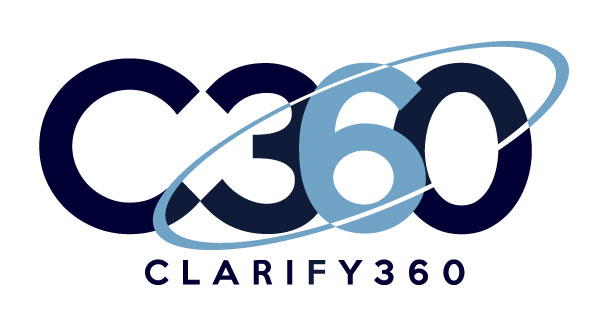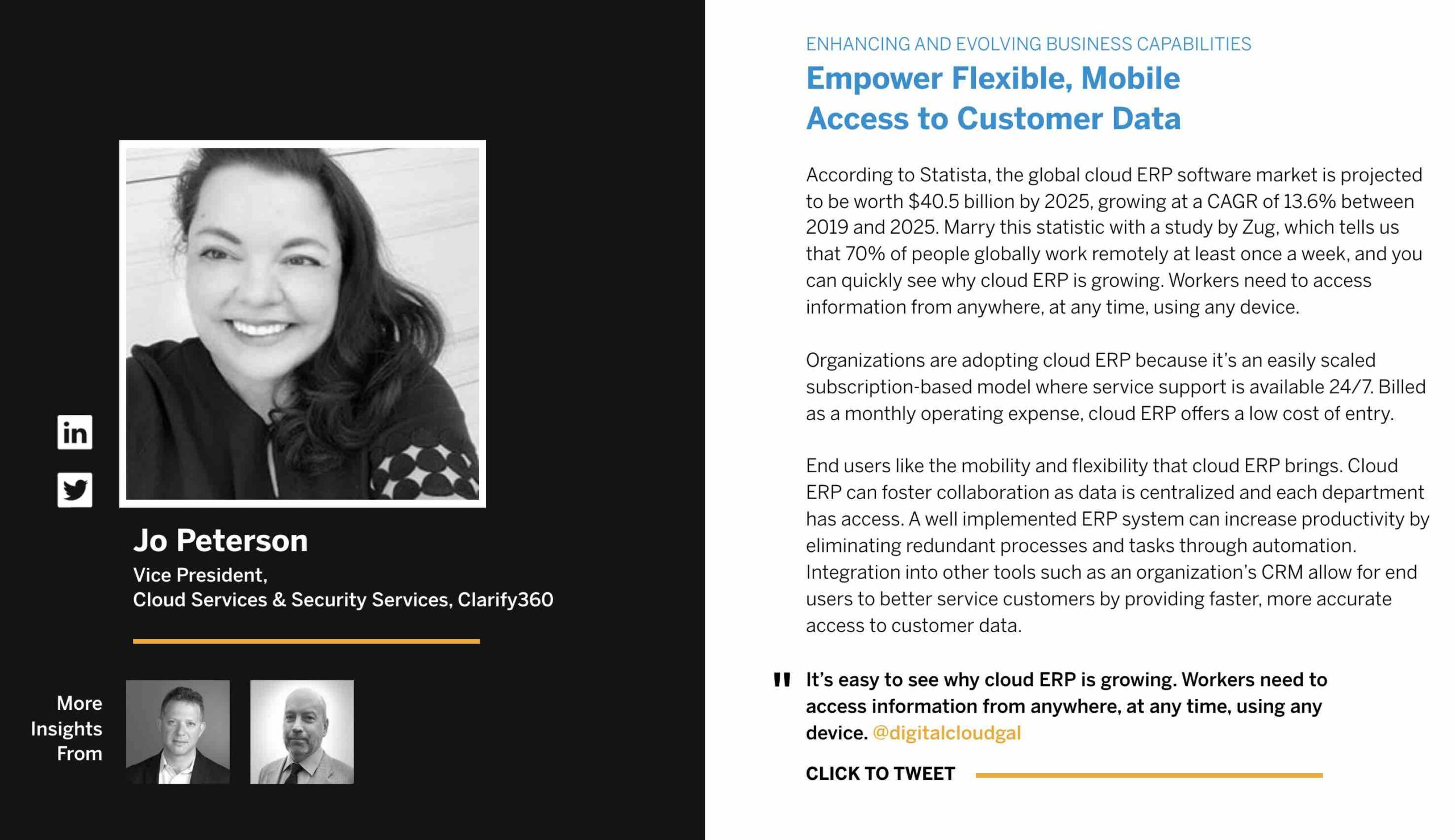[vc_row gap=”5″ full_height=”yes” columns_placement=”top” css=”.vc_custom_1575577197527{padding-top: 40px !important;}”][vc_column width=”2/3″][vc_custom_heading stripe_pos=”hide” text=”Jo Peterson discusses cloud ERP” font_container=”tag:h1|font_size:32px|text_align:left|line_height:1.2″ google_fonts=”font_family:Open%20Sans%3A300%2C300italic%2Cregular%2Citalic%2C600%2C600italic%2C700%2C700italic%2C800%2C800italic|font_style:400%20regular%3A400%3Anormal”][stm_spacing lg_spacing=”32px” md_spacing=”32px” sm_spacing=”12px” xs_spacing=”10px”][vc_single_image source=”featured_image” img_size=”large”][vc_column_text]According to Statista, the global cloud ERP software market is projected to be worth $40.5 billion by 2025, growing at a CAGR of 13.6% between 2019 and 2025. Marry this statistic with a study by Zug, which tells us that 70% of people globally work remotely at least once a week, and you can quickly see why cloud ERP is growing. Workers need to access information from anywhere, at any time, using any device.[/vc_column_text][stm_spacing lg_spacing=”32px” md_spacing=”32px” sm_spacing=”12px” xs_spacing=”10px”][vc_btn title=”READ ORIGINAL POST” shape=”square” color=”white_link” align=”center” link=”url:https%3A%2F%2Fwww.sap.com%2Fdmc%2Fexp%2F2019-11-sap-move%2Findex.html%3Fpage%3D4||target:%20_blank|” el_class=”third_bg_color” css=”.vc_custom_1575576913228{padding-top: 10px !important;padding-bottom: 10px !important;}”][/vc_column][vc_column width=”1/3″][stm_sidebar sidebar=”2243″][/vc_column][/vc_row][vc_row][vc_column][/vc_column][/vc_row]

